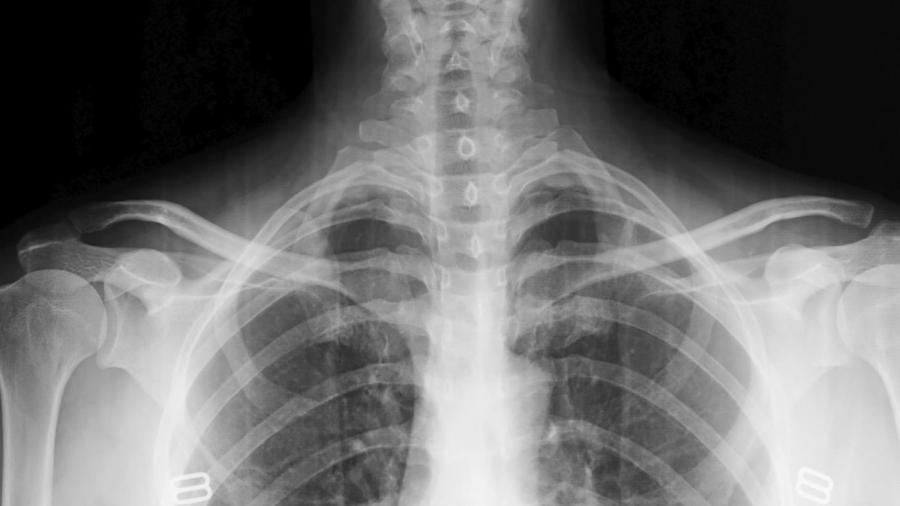What Bones Protect the Spinal Cord?

The human spinal cord is protected by the spinal column, which is made up of bones called vertebrae. Each vertebra consists of the spinous process, transverse process and body. The spinal cord passes through the vertebral foramen, the middle opening in the vertebrae.
The spinal cord is a bundle of nerve fibers that transmits information between the brain and the peripheral nervous system. It is a conduit for motor information that travels down the spinal cord, a conduit for sensory information that travels up the spinal cord and a center to coordinate reflexes. The spinal cord consists of 31 segments that span approximately 43 centimeters in length in women and 45 centimeters in men. Two spinal nerves branch from each segment of the spinal cord.
Different spinal nerves perform different functions. Cranial spinal nerves transmit signals to the back of the head, neck, shoulders, arms, hands and diaphragm. The thoracic spinal nerves control the signals to the chest muscles and parts of the back and abdomen. Lumbar spinal nerves transmit signals to the lower parts of the abdomen, back and buttocks and parts of the leg. Finally, the sacral spinal nerves control the signals to the lower legs, thighs and feet.





